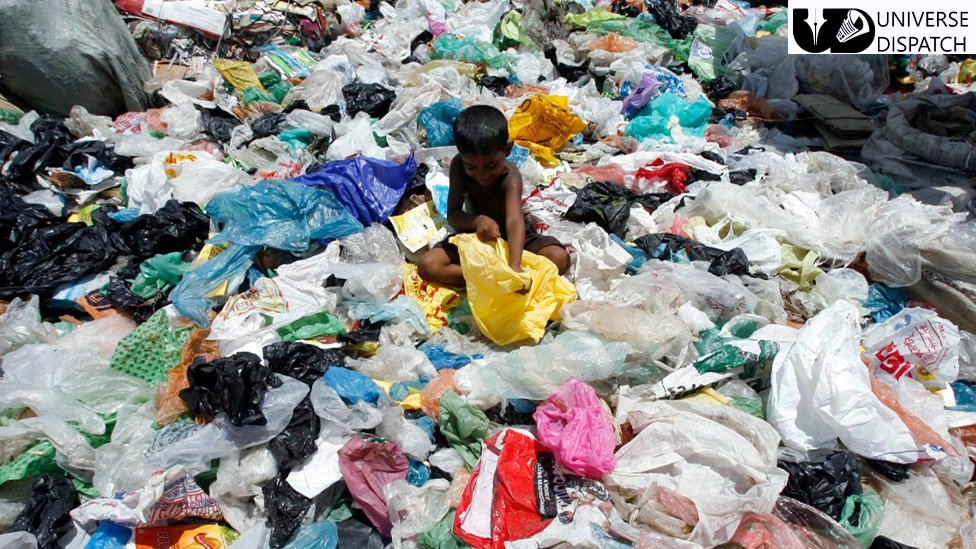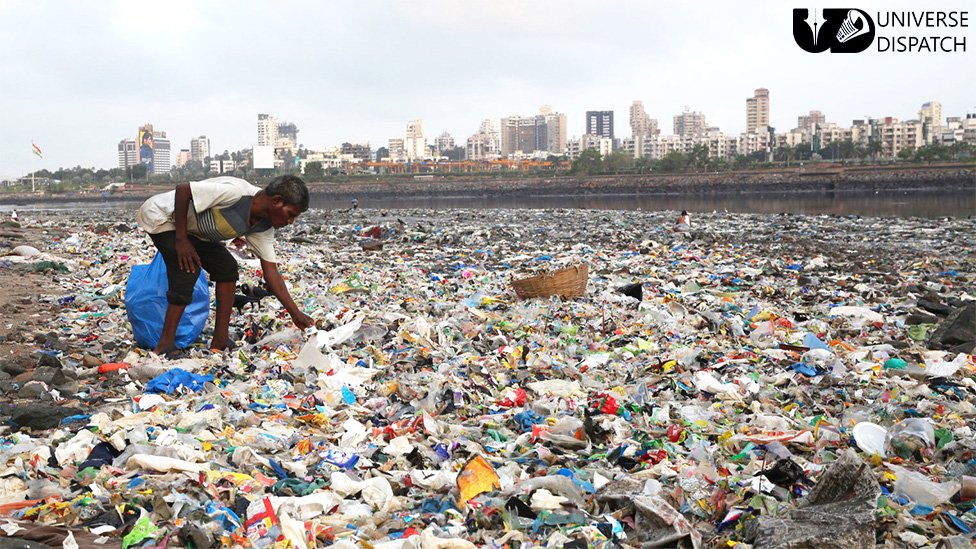Plastic bags recycled into the fabric to fight pollution
Plastic: Scientists have made fabrics from polythene in a move. They say could reduce plastic pollution and make the fashion industry more feasible. Polythene is a ubiquitous plastic, found in everything from plastic bags to food packaging. Moreover, the new textiles have potential uses in sportswear, and even high-end fashion, as per US researchers. The plastic “cloth” is more environmentally-friendly than natural fibres, and can be recycled, they say.
While Dr Svetlana Boriskina, from the department of engineering at the Massachusetts Institute of Technology (MIT) in Cambridge. The US said plastic bags that nobody wants can be turning into high-performance fabrics with a low environmental footprint. On the other side, the fabric has made from fibres of polythene woven on industrial looms into textiles that are designing to be comfortable to wear. Essentially, the fibres are designing to allow to escape, rather than repelling water like conventional polythene.

The researchers say the fabric is less damaging to the environment than the likes of wool, cotton, linen, silk, nylon and polyester, and can be washed in cold water, further reducing the environmental footprint.
However, the fabric has potential for use in sportswear, such as trainers, vesta and leggings, they say. In the long-term, it could also have applications as a high-performance space suit, engineered to protect against global radiation.
Meanwhile, the fashion industry is one of the most polluting industries in the world. Textile manufacturing consumes huge amounts of water and generates millions of tonnes of waste. As well as 5-10% of global greenhouse gas emissions annually. Moreover, washing and drying clothes often consume even more energy and water than in the production phase.




